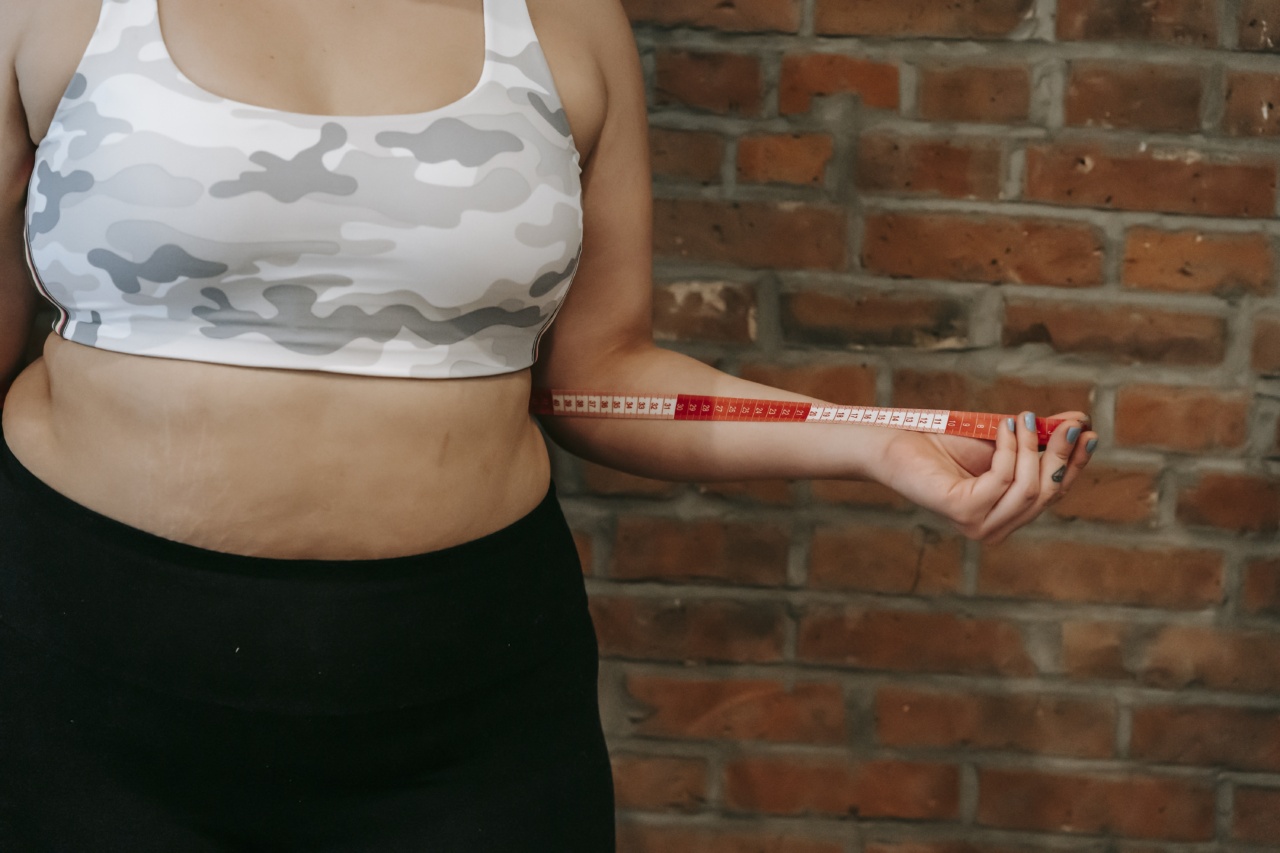Parkinson’s disease is a neurological disorder that affects movement and coordination in individuals. It is a chronic and progressive condition that affects the dopamine-producing cells in the brain.
While there is currently no cure for Parkinson’s disease, there are various therapeutic approaches that can help manage the symptoms and improve the quality of life for those living with the condition. One such therapeutic approach is the use of sports and physical activity.
Benefits of Physical Activity for Parkinson’s Disease
Engaging in regular physical activity and participating in sports have been found to have numerous benefits for individuals with Parkinson’s disease. These benefits include:.
1. Improved Motor Function
Exercise and physical activity help maintain and improve motor function in individuals with Parkinson’s disease. Regular exercise has been shown to reduce rigidity, improve balance, and increase flexibility.
It can also help manage symptoms such as tremors and bradykinesia (slowness of movement).
2. Increased Independence
By improving motor function and mobility, engaging in sports and physical activity can help individuals with Parkinson’s disease maintain their independence and carry out daily activities with greater ease.
It can enhance their ability to perform tasks such as dressing, bathing, and cooking independently.
3. Enhanced Mood and Mental Well-being
Exercise has been linked to the release of endorphins, which are natural mood-boosting chemicals in the brain.
Regular physical activity can help alleviate symptoms of depression and anxiety often experienced by individuals with Parkinson’s disease. It also promotes overall mental well-being and improves cognitive function.
4. Social Engagement and Support
Sports and physical activity provide opportunities for individuals with Parkinson’s disease to engage in social interactions and connect with others who share similar experiences.
Participating in group sports or exercise classes can foster a sense of camaraderie, support, and understanding among peers.
5. Neuroprotective Effects
Emerging evidence suggests that physical activity may have neuroprotective effects and slow down the progression of Parkinson’s disease.
Regular exercise has been found to promote neuroplasticity, which is the brain’s ability to form new connections and adapt to changes. It may help protect dopamine-producing cells and delay the degenerative process.
6. Improved Sleep Quality
Individuals with Parkinson’s disease often experience sleep disturbances. Engaging in regular physical activity can help regulate sleep patterns and improve overall sleep quality.
It can reduce insomnia symptoms and promote a more restful and rejuvenating sleep.
7. Diversification of Treatment
Sports and physical activity provide a complementary and alternative approach to traditional medical treatments for Parkinson’s disease.
Incorporating physical activity into the treatment plan can diversify the type of interventions and increase overall treatment efficacy.
Types of Therapeutic Sports for Parkinson’s Disease
There are various types of therapeutic sports and physical activities that can benefit individuals with Parkinson’s disease. These include:.
1. Boxing
Boxing training programs specifically designed for individuals with Parkinson’s disease have gained popularity in recent years. Boxing exercises help improve balance, coordination, agility, and overall strength.
They also provide a cardiovascular workout, which is beneficial for heart health.
2. Tai Chi
Tai Chi is a low-impact martial art that involves slow and controlled movements. It focuses on balance, flexibility, and mindfulness.
Practicing Tai Chi can help individuals with Parkinson’s disease improve their posture, stability, and overall motor control.
3. Yoga
Yoga combines physical postures, breathing exercises, and meditation. It promotes relaxation, flexibility, and strength.
Certain yoga poses and sequences can help individuals with Parkinson’s disease improve their balance, posture, and reduce muscle stiffness.
4. Swimming
Swimming is a low-impact exercise that provides a full-body workout. It improves cardiovascular fitness, muscle strength, and endurance.
Additionally, the buoyancy of water reduces the impact on joints, making it an ideal exercise for individuals with Parkinson’s disease.
5. Cycling
Cycling, whether outdoors or using a stationary bike, is an excellent aerobic exercise for individuals with Parkinson’s disease. It helps improve cardiovascular health, leg strength, and overall endurance.
Cycling can also be done individually or as part of a group, providing social interaction opportunities.
6. Dance
Dance classes tailored for individuals with Parkinson’s disease, such as the Dance for PD program, combine movement, rhythm, and music.
Dancing enhances coordination, balance, and flexibility while providing an enjoyable and artistic form of exercise.
7. Golf
Golf is a leisurely activity that involves walking, swinging, and coordination. Playing golf can help individuals with Parkinson’s disease improve their balance, hand-eye coordination, and focus.
It also provides opportunities for socializing and spending time outdoors.
8. Team Sports
Participating in team sports such as basketball, soccer, or volleyball can promote physical fitness, teamwork, and social engagement for individuals with Parkinson’s disease.
Adaptations and modifications can be made to cater to different abilities and needs.
9. Hiking
Hiking in nature offers not only physical benefits but also psychological benefits.
Walking on uneven terrain and being surrounded by nature can help individuals with Parkinson’s disease improve their balance, coordination, and sensory stimulation.
10. Strength Training
Incorporating strength training exercises into the exercise routine can help individuals with Parkinson’s disease improve muscle strength, stability, and overall physical function.
It can target specific muscle groups and aid in maintaining independence in daily activities.
Conclusion
Therapeutic sports and physical activity play a vital role in managing Parkinson’s disease.
They offer numerous benefits, including improved motor function, increased independence, enhanced mood, social engagement, potential neuroprotective effects, better sleep quality, and diversification of treatment options. By exploring various types of therapeutic sports and physical activities, individuals with Parkinson’s disease can find enjoyable ways to improve their physical and mental well-being.































